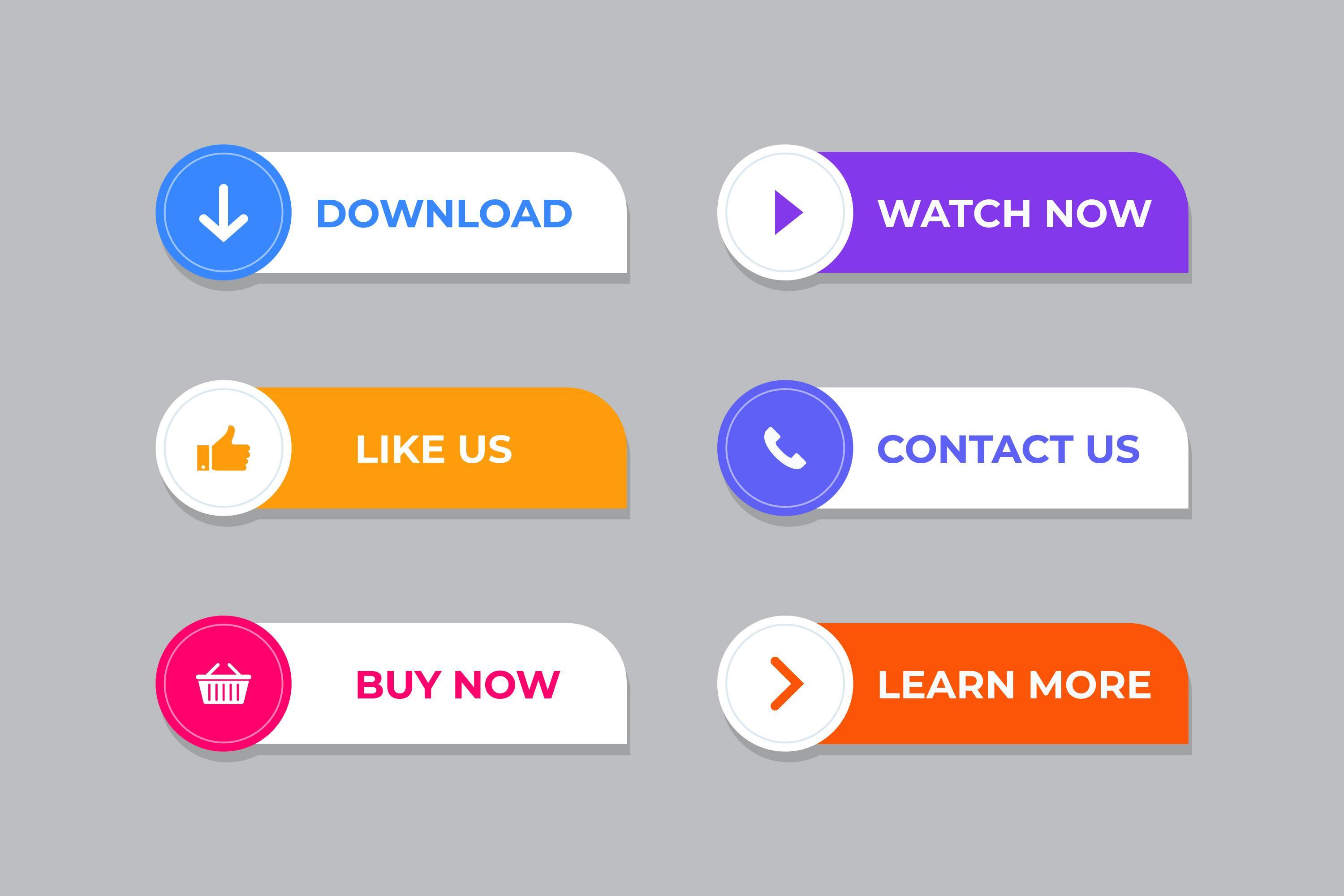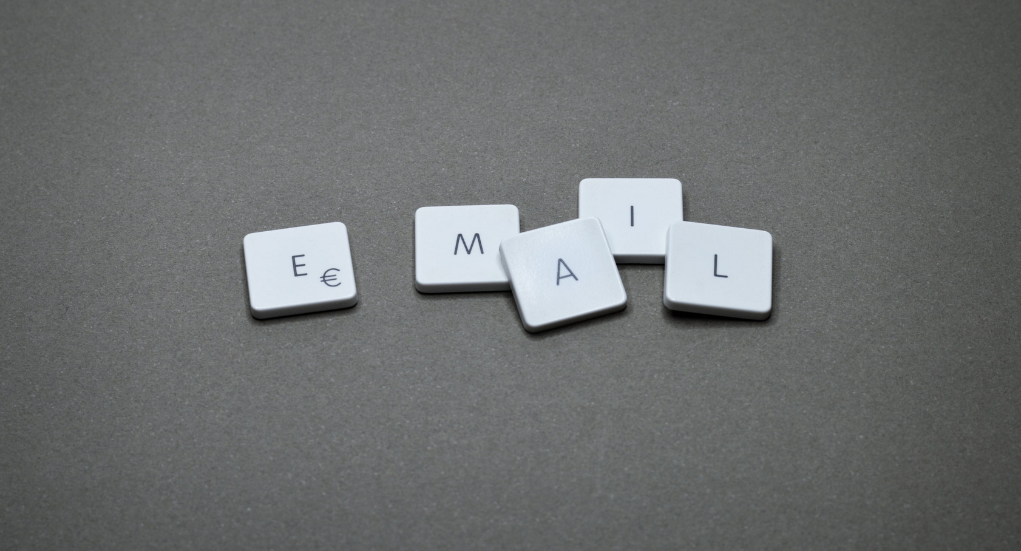
If I told you that, by changing one setting on your website, you could more than double your visitors, would you do it? Naturally, like everything else in the world, it is not quite that simple. But it is far easier than people realize.
Calls-to-action (or CTAs) are devices in marketing that are designed to get an immediate response from the viewer. Those big, colorful buttons at the top of your favorite website? They aren’t there because they look pretty, they are there as a result of years of targeted, strategic marketing research. But what a lot of people don’t know is that there is a way to take your CTA to another level. Remember that magical fix I mentioned that could double your visitors? Let’s demystify it, and help you implement it yourself.
WHY A CTA IS WORTH WORRYING ABOUT
Make sure you are seated before you read this next sentence. It’s a shocker.
According to CNBC, nearly half of American small businesses do not have a website.
That’s right. Even though online shopping eclipsed brick-and-mortar stores in sales percentages for the first time in 2019, around 45% of small businesses still do not have a website. That means the largest commerce market in the world is totally inaccessible to them. Maybe you are a small business taking your first steps into e-commerce, or you are a veteran online retailer looking for ways to increase your conversion rates. Either way, CTAs are the way to go.
Quickly explained, there are three major types of CTAs:
1. Basic Call-to-Action: a simple button or link that has one appearance with the same information for every visitor
2. Multivariate Call-to-Action: a CTA that has 2 or more different appearances and may contain different information depending. They are tested against each other to see which one is the most effective
3. Smart Call-to-Action: These are personalized CTAs that change based on numerous factors: whether the customer is already converted, what other items they have searched for in the past, where they are in the world, etc.
Looking at all of them lined up like that, it seems pretty obvious which one would be the most successful, right? That’s the magic fix I referenced in the opening paragraphs, except it isn’t really magic. The numbers are clear: in a study of 330,000 CTAs over a six month period by Hubspot, personalized (“smart”) CTAs performed 202% better in conversions than any other kind.
Those 1000 conversions you might have received from your basic “SHOP NOW” CTA suddenly become over 2000 conversions because the CTA referenced something that connected with the customer.
USING A CTA EFFECTIVELY

Per that same study that painted a grim picture about small businesses in e-commerce, of the businesses that have websites, only 36% use “a business website to communicate news to customers and potential customers.” One third of the e-commerce websites on the internet are idly sitting there, hoping customers will stumble across them.
CTAs turn passive websites into active ones, when paired with email marketing and SEO, can drastically increase the number of visitors to your site and, most importantly, increase your conversion rate. The generally accepted statistic is that about 3% (and often less) of visitors will convert to a customer. Those are not great odds. But even if you get someone to add something to their cart, that’s not a guaranteed sale: abandoned carts are the bane of many e-commerce sites.
Here we find another opportunity to implement a CTA. According to Oberlo, “Abandoned cart follow-up emails have an average open rate of 45 percent.” They compare that to the average email open rate for e-commerce in general: less than 16%. This means that if you remind a customer that they were thinking of purchasing something from you, there is a good chance they will revisit that cart they left untouched for days or weeks.
Why is that? The CTA, of course. Big letters and bold phrases like “don’t lose these deals” or “time is running out!” grab the attention and could very well send them back to your site to complete a purchase that otherwise would have never happened.
CONCLUSION
There is so much more to say about CTAs, but for now, we will call this “the basics.” Now that you know what CTAs are, how to implement them, and most importantly, how to use them effectively, you are well on your way to greatly increasing your conversion rates. Sales are sure to follow, so what are you waiting for? TIME IS RUNNING OUT!
If you’re looking to expand your reach and impression online, and find new ways to build a lasting digital brand, connect with us today.
Let's Get to Work.
Have an unsolvable problem or audacious idea?
